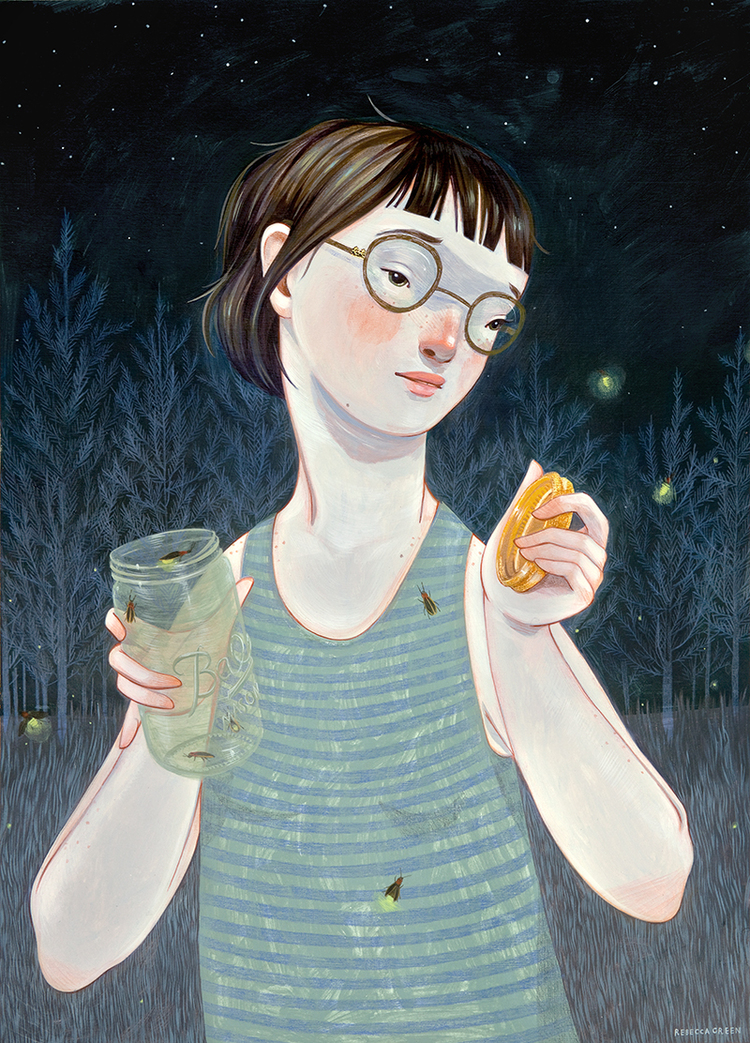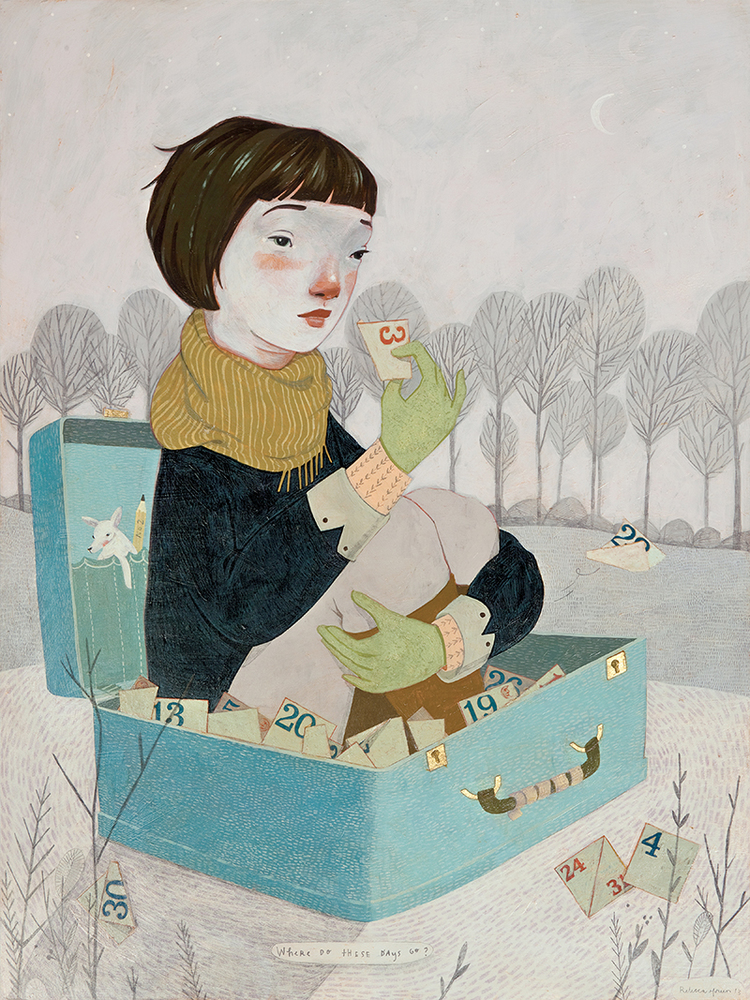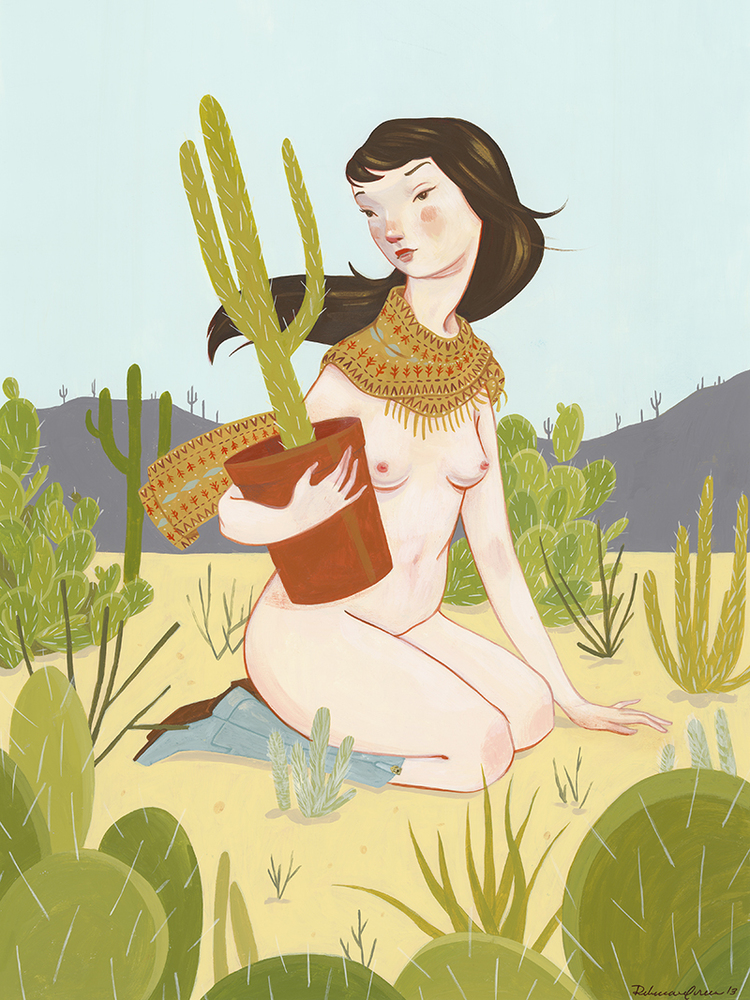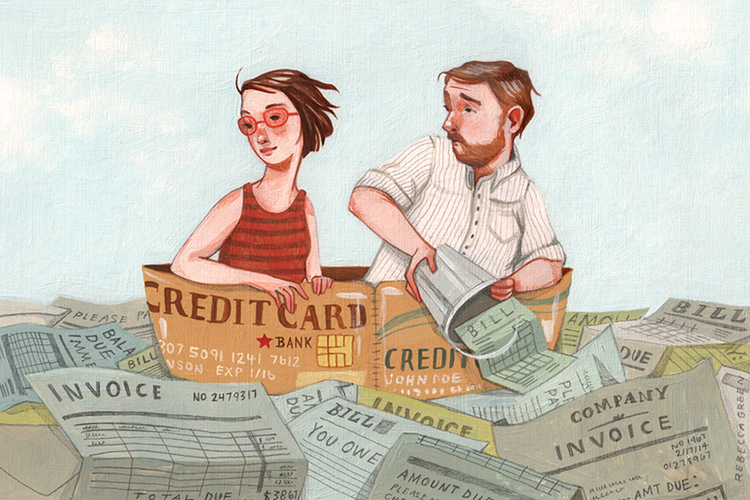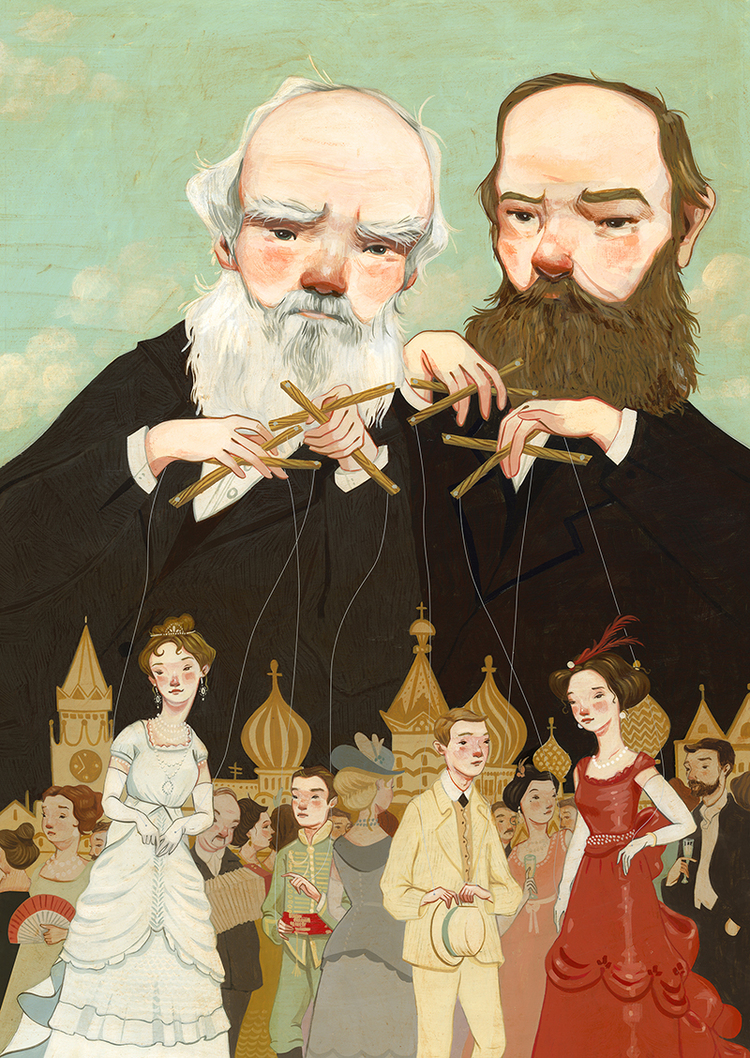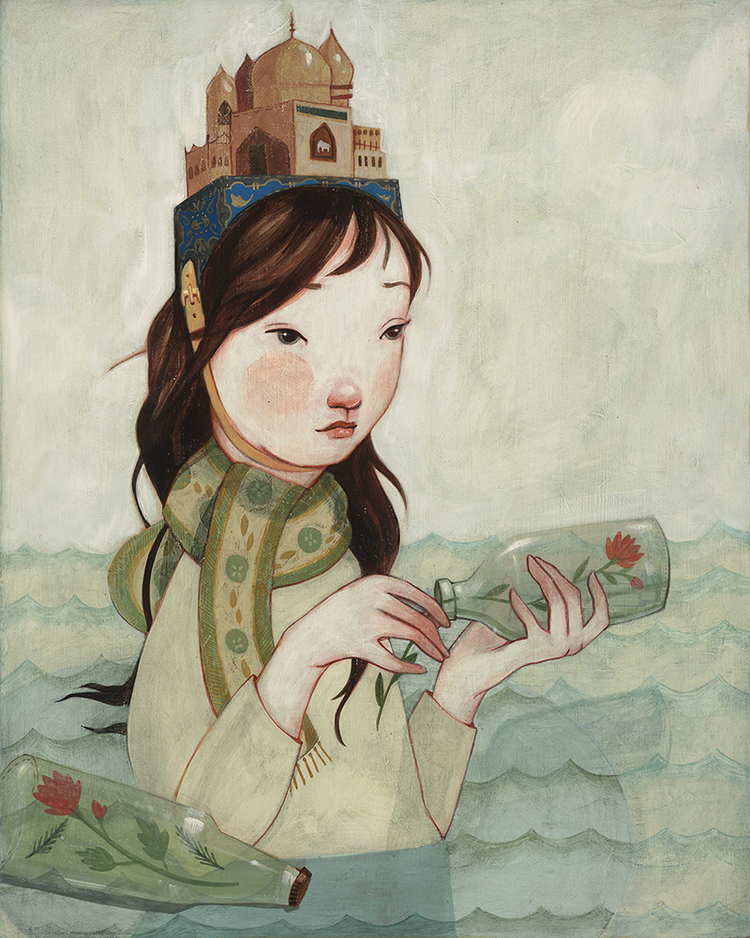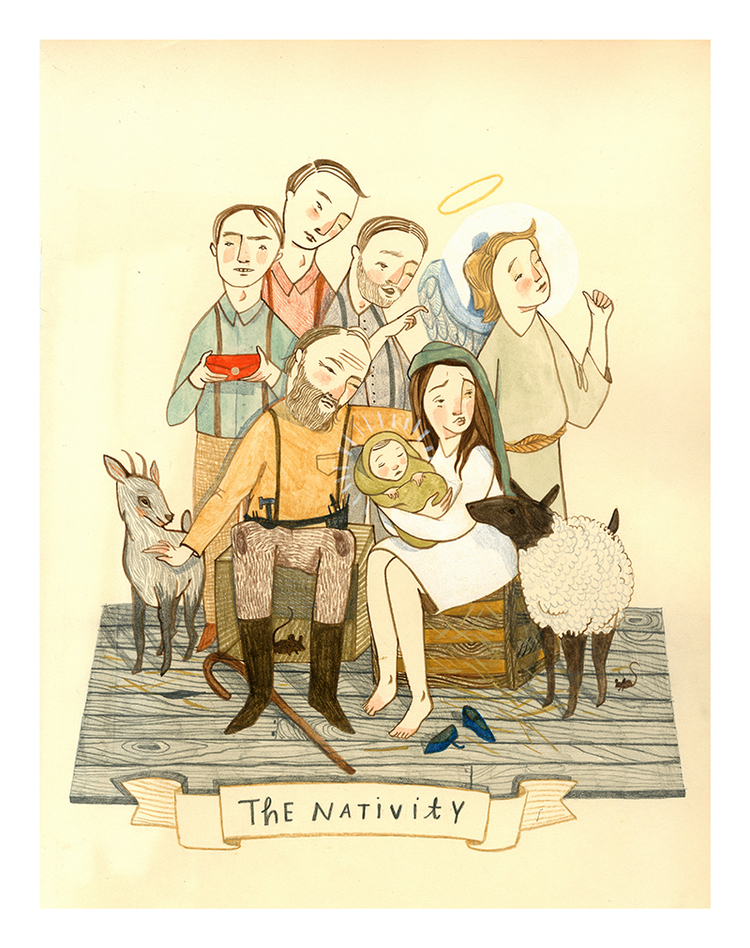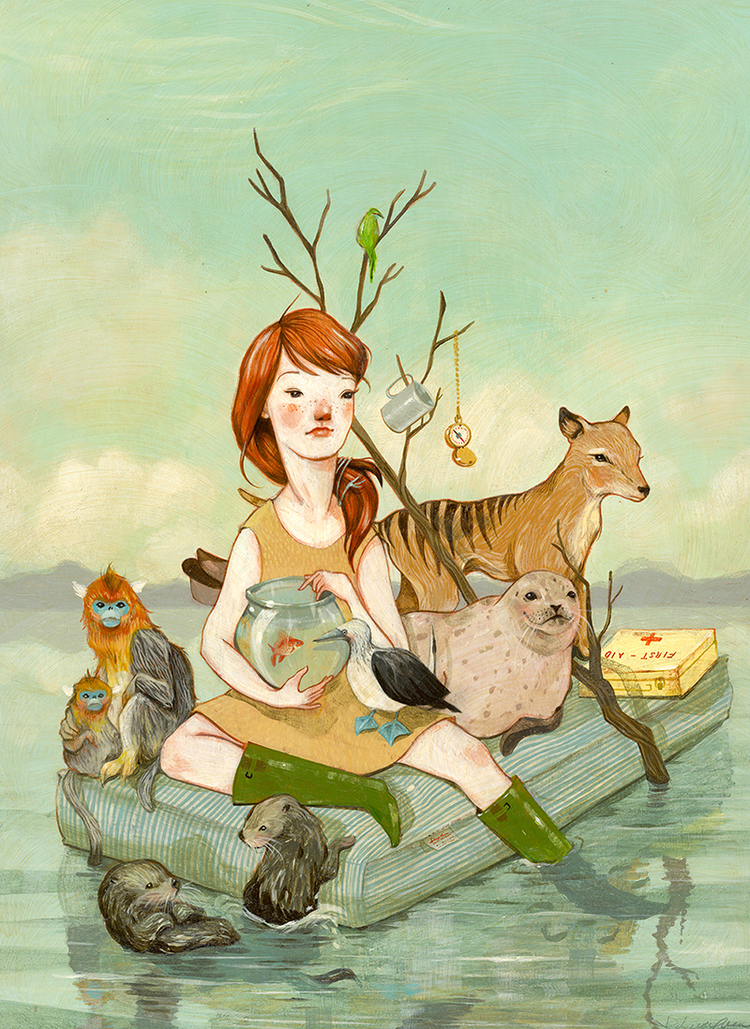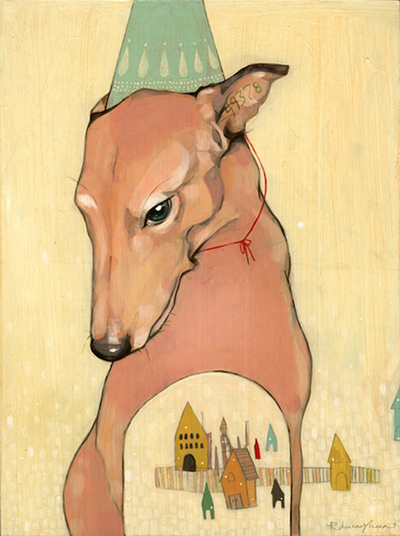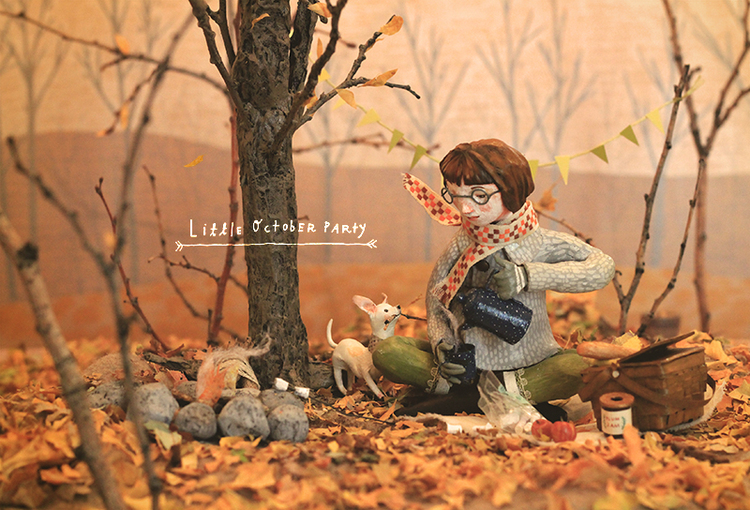"Working, as I do, on unstretched canvas," says Wylie, "allows for any extension I feel like. I painted the groom first and then had to fit the bride's face to the one I'd given Philip. What I call my Dürer woodcut look. You can see her face was a bother to do – there are many hidden versions under the collage bit."
Rose Wylie is a british artist who works everyday on large unstretched canvas. Wylie's work is best understood in the context of conventional art history, which she studied at the Royal College of Art from 1979 to 1981, because her art is, like most art, about art. She paints as an escapee from the academy, who has returned to untaughtness in an effort to recapture spontaneity, though everything she does is the tribute of a wayward pupil to that academy. When she paints a figure and labels it "in the manner of Signorelli", it may look to the untrained eye nothing like Signorelli, but someone who knows what makes Signorelli different from other members of the Tuscan school will get what she means. Wylie's grasp of composition is complete, which is why she will often alter the shape of the canvas; it is also surreptitious. When I visited her in Kent, I asked her whether she was consciously rebellious. She slightly pulled a face and said: "Not consciously." We both laughed. We talked about ageing, about how ageing frees the inner girl, and how bad that girl can be. There is anger in her work, anger about the kind of art teaching that makes most kids give up making art, or turns their individual ways of seeing into A-levels.
Further read: http://www.theguardian.com/artanddesign/2010/jul/09/germaine-greer-rose-wylie-artist
















.jpg)






























